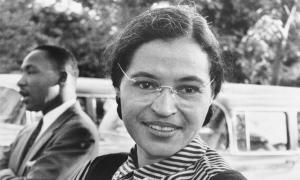text
Informational
The Communist Manifesto
This excerpt from the first chapter of The Communist Manifesto establishes the dichotomy between the proletariat and the bourgeoisie, which is merely a new relationship of oppressor vs. oppressed in the history of class struggles, as Marx and Engels argue that all societies have had these kinds of contending classes.
January 5, 2015
